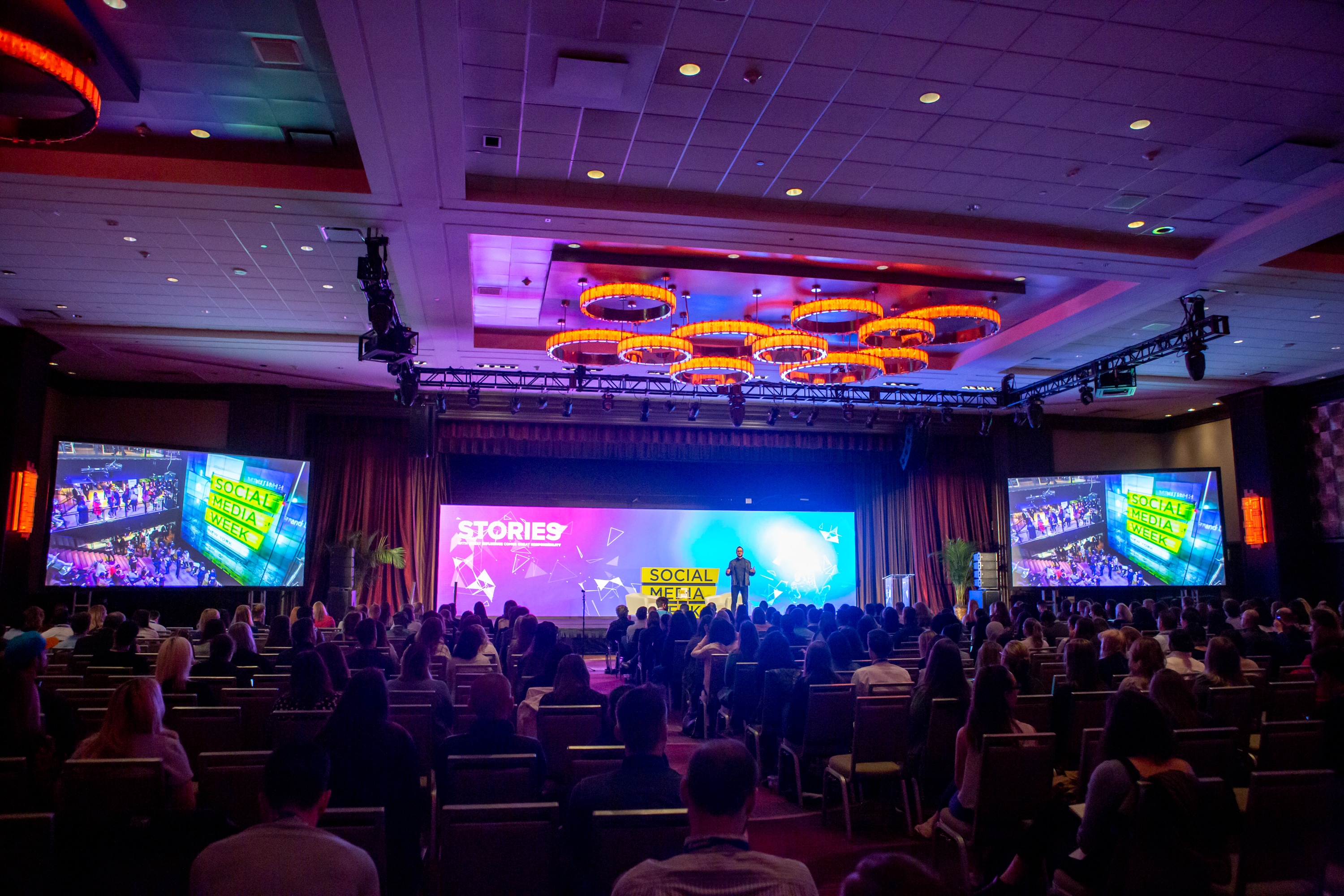Revolutionizing Audience Interaction Through Immersive Virtual Reality Experiences in Live Performances
Revolutionizing Audience Interaction Through Immersive Virtual Reality Experiences in Live Performances
Blog Article
In the past years, digital VR has emerged as potent instrument for enhancing audience involvement in real-time productions. This innovation enables viewers to immerse oneself in a 3D environment, creating a unique encounter that conventional formats cannot replicate. By utilizing VR, creators can transport audiences into the core of the performance, causing them feel as if they are part of the performance. This innovative method not only enchants audiences but also opens up new possibilities for storytelling and interaction.
A of the primary advantages of employing VR in real-time performances is the ability to forge a more engaging encounter. Audiences can engage with the show in real-time, influencing the result or discovering different viewpoints. For example, in a theater production, audiences wearing VR headsets can choose to follow particular characters or segments, enabling them to customize their encounter. This level of interactivity cultivates a deeper connection between the viewers and the performance, making it even unforgettable and significant.
Additionally, VR technology can improve the visual and auditory elements of a live production. important link With high-quality visuals and audio engineering, creators can create stunning environments that draw viewers in. This immersive characteristic can raise the complete encounter, making it even more captivating and pleasurable. For example, a musical performance can be converted into a rich encounter, where audience members feel as if they are on in front with the artists. Such enhancements not only attract larger audiences but also encourage repeat attendance, as viewers seek to relive the excitement.
Alongside enhancing audience engagement, VR can also provide valuable insights for producers. By analyzing how audiences engage with the digital setting, producers can collect information on audience preferences and behaviors. This information can guide future performances, assisting to tailor content to more effectively satisfy the demands and wants of the viewers. As a consequence, VR not just enhances the current experience but also contributes to the evolution of live productions as a whole.
As the advancements progressing to evolve, the possibilities for VR in real-time performances is immense. From theater and concerts to sports competitions and festivals, the possibilities are limitless. Through adopting this innovative approach, creators can transform the way viewers experience live entertainment. As more creators investigate the incorporation of VR, it is probable that we will witness a change in how shows are crafted and presented, ultimately leading to a more immersive and participatory prospect for real-time productions.